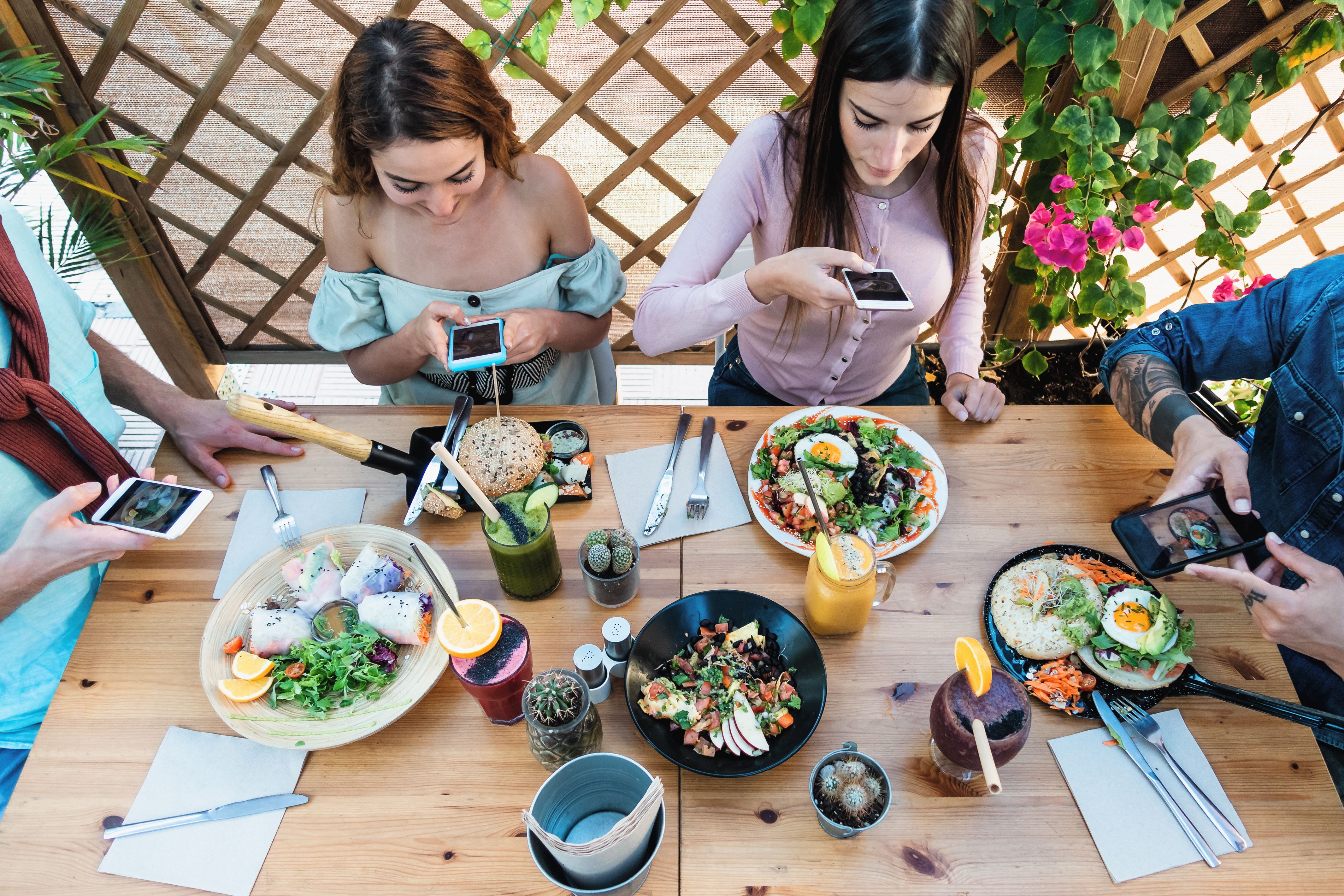Video vs Photo: Which Drives More Bookings for Restaurants?
The Power of Visual Content in Restaurant Marketing
In the highly competitive world of restaurant marketing, capturing the attention of potential diners is crucial. With the rise of social media, visual content has become a key player in attracting guests and driving bookings. Two main types of visual content—videos and photos—are often utilized, but which one is more effective in increasing restaurant bookings?
Both videos and photos have their unique advantages, and their impact can vary depending on the platform and audience. Understanding these differences can help restaurant owners make informed decisions about their marketing strategies.

Engagement Levels: Videos vs. Photos
One of the primary factors to consider is engagement. Videos are known for their ability to capture attention quickly and hold it longer than a static image. They can convey emotion, tell a story, and provide a dynamic view of what a restaurant has to offer. This makes videos particularly effective on social media platforms like Instagram and TikTok, where users are more likely to engage with moving content.
On the other hand, photos are quick and easy to consume. A high-quality photo can instantly make a dish look appetizing and can be a powerful tool on platforms like Pinterest and Facebook. Photos are also easily shareable, increasing the potential for organic reach.
Impact on Customer Decisions
When it comes to influencing customer decisions, videos can provide a more comprehensive view of the dining experience. A well-produced video can showcase the ambience, menu highlights, and even customer testimonials, offering a virtual tour that can entice viewers to book a table.
Photos, however, excel in showcasing the aesthetic appeal of individual dishes. A mouth-watering image of a signature dish can be enough to persuade someone to make a reservation. This is particularly true for platforms like Instagram, where food photos dominate and inspire culinary exploration.

Cost and Production Considerations
Another aspect to consider is the cost and effort involved in creating visual content. Video production can be more resource-intensive, often requiring more time, equipment, and expertise. However, the investment can pay off with higher engagement and conversion rates.
Photos are typically easier and less costly to produce. A skilled photographer with a good eye for composition can create stunning images that require minimal editing. For restaurants with limited budgets, focusing on high-quality photography might be a more feasible option.
Analyzing Platform Preferences
The choice between using video or photo content should also be influenced by where your target audience spends their time online. Social media analytics can provide insights into which type of content performs best on different platforms.
- Instagram: Both photos and short videos perform well, but videos often receive higher engagement.
- Facebook: Videos have an edge due to autoplay features that grab attention.
- Pinterest: High-quality photos are essential for attracting users who are planning meals or events.

Conclusion: A Balanced Approach
The debate between video and photo content doesn't have to end in choosing one over the other. A balanced approach that incorporates both can provide the most comprehensive reach and engagement. By analyzing your audience's preferences and testing different types of content, you can tailor your strategy to maximize bookings.
Ultimately, the key is to create visually appealing content that resonates with your audience and highlights what makes your restaurant stand out. Whether through the dynamic storytelling of video or the striking appeal of photography, both mediums offer valuable opportunities to connect with potential diners.
